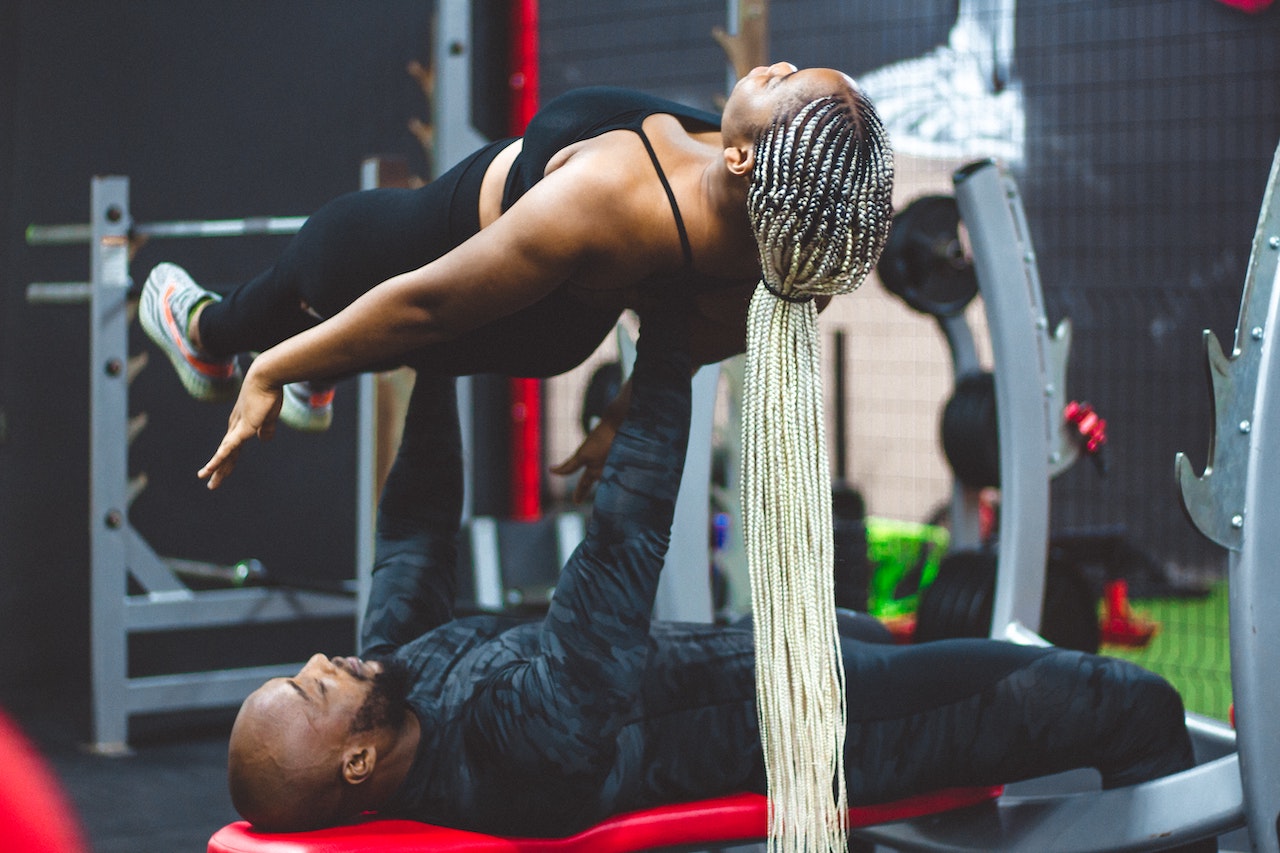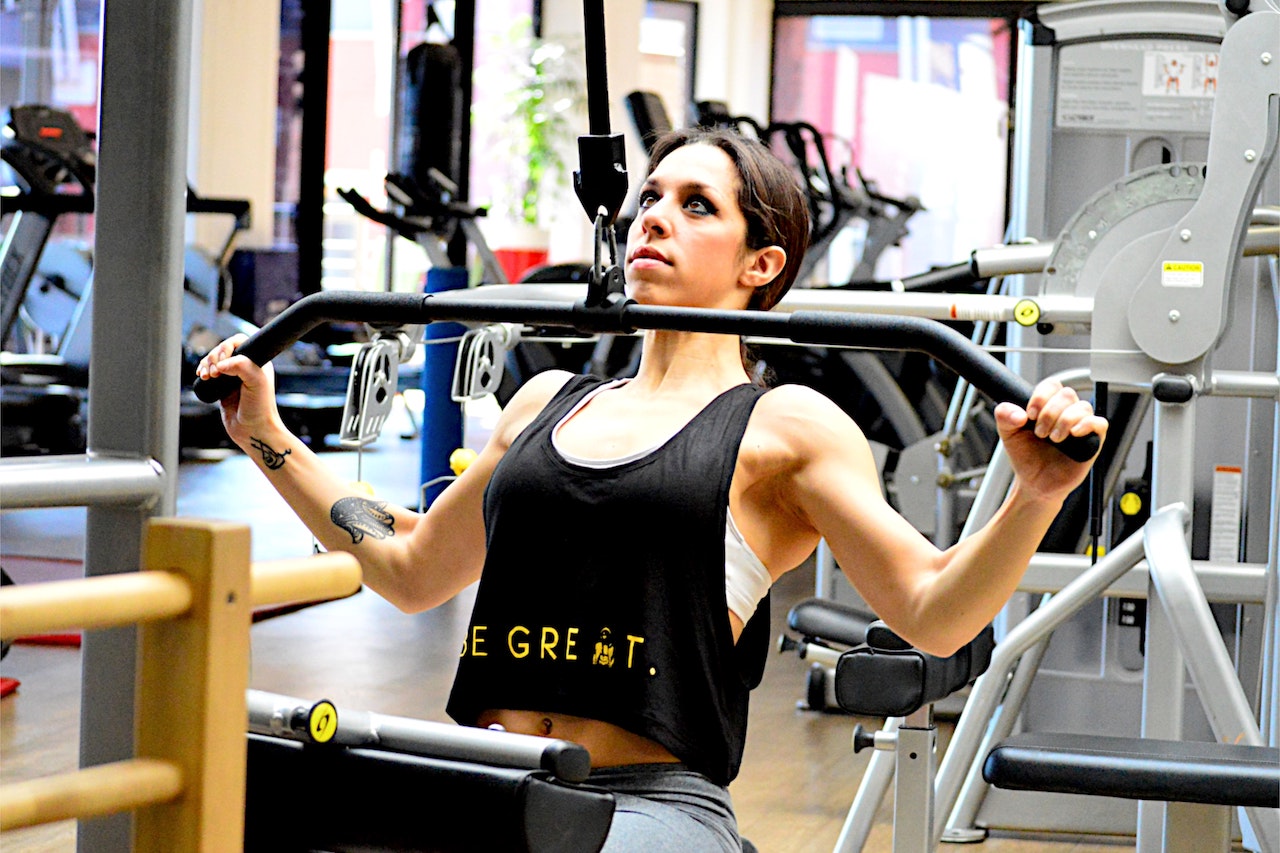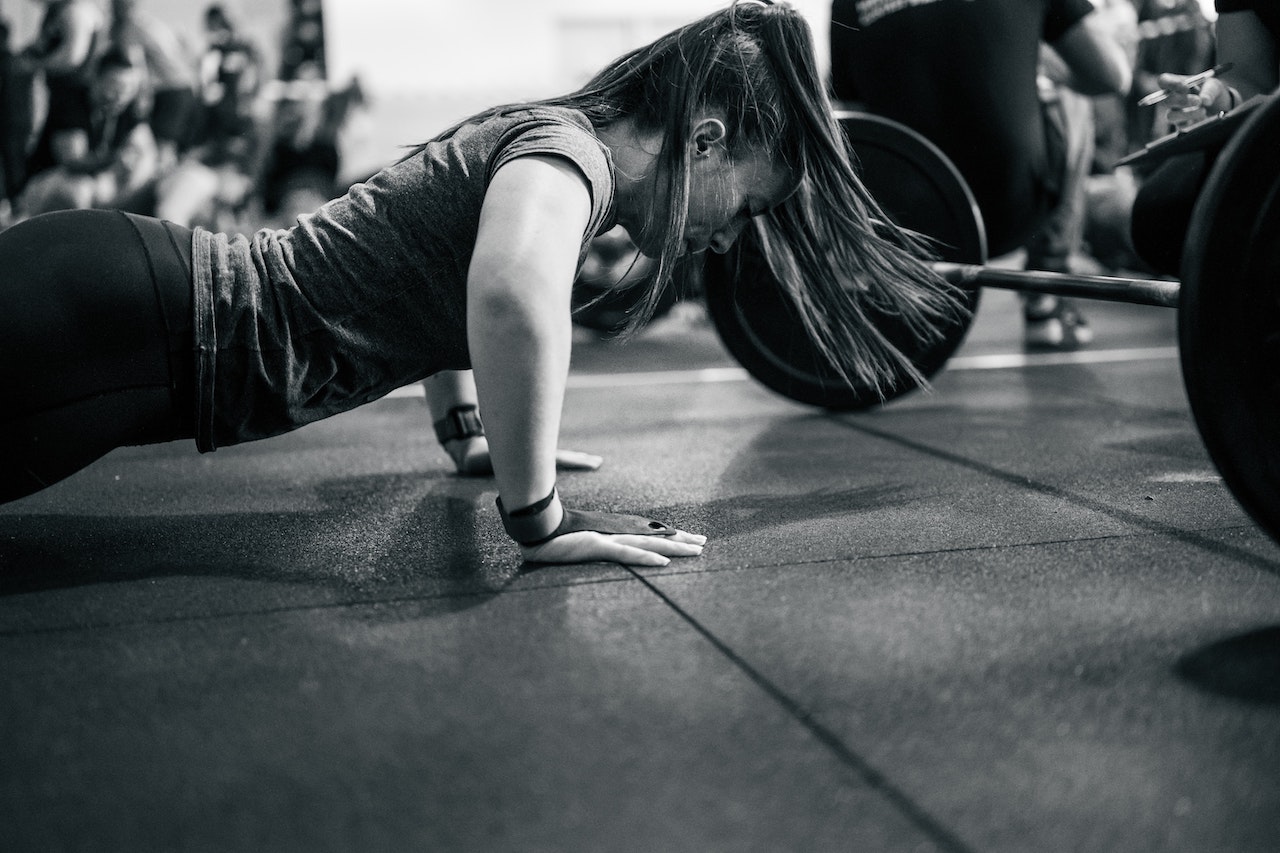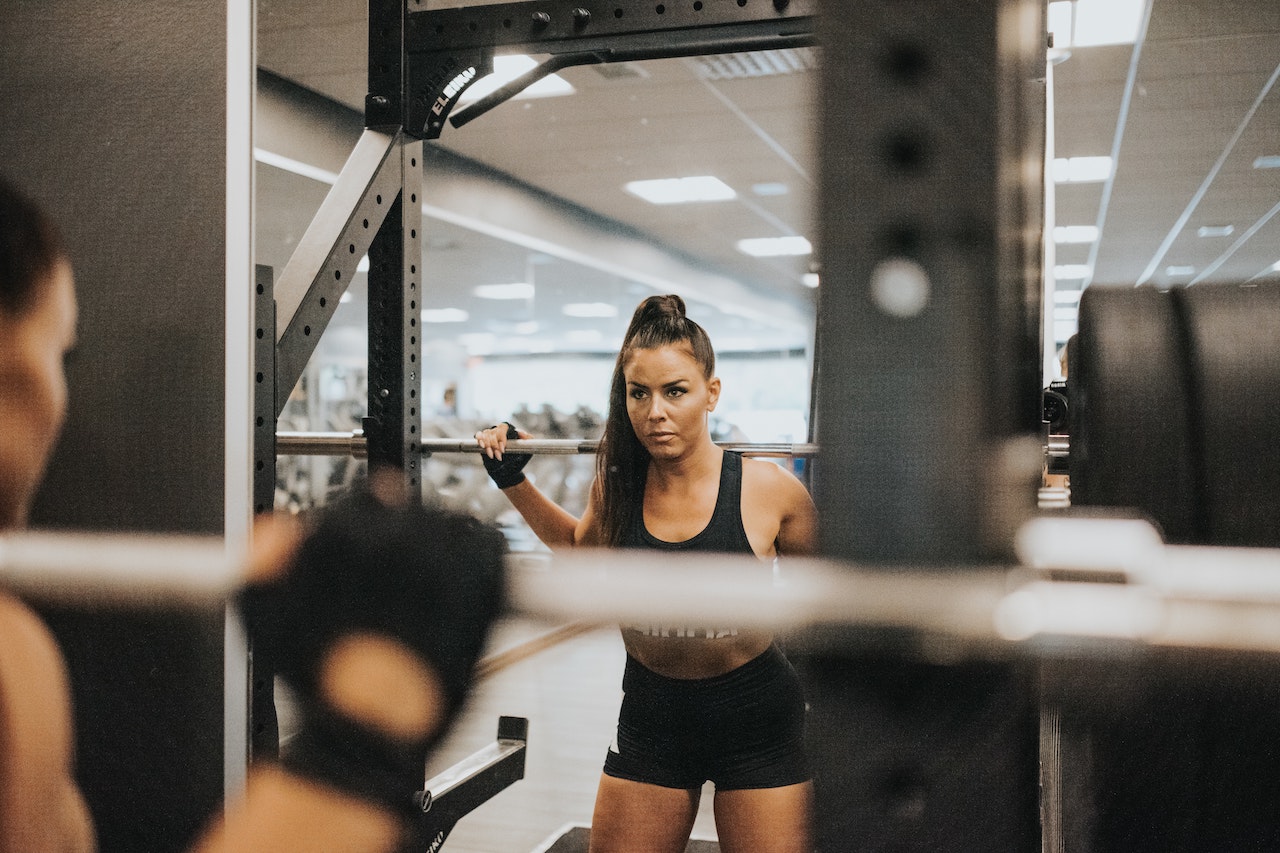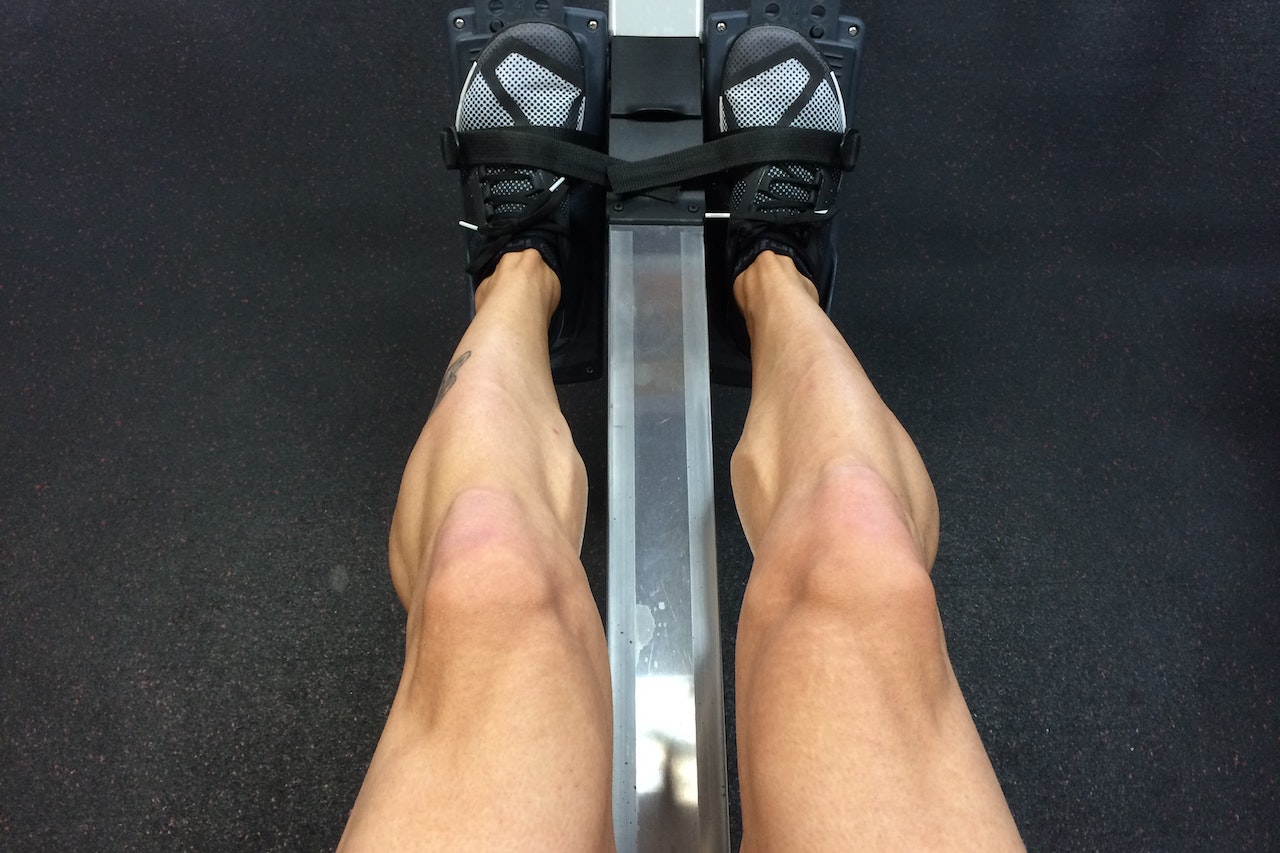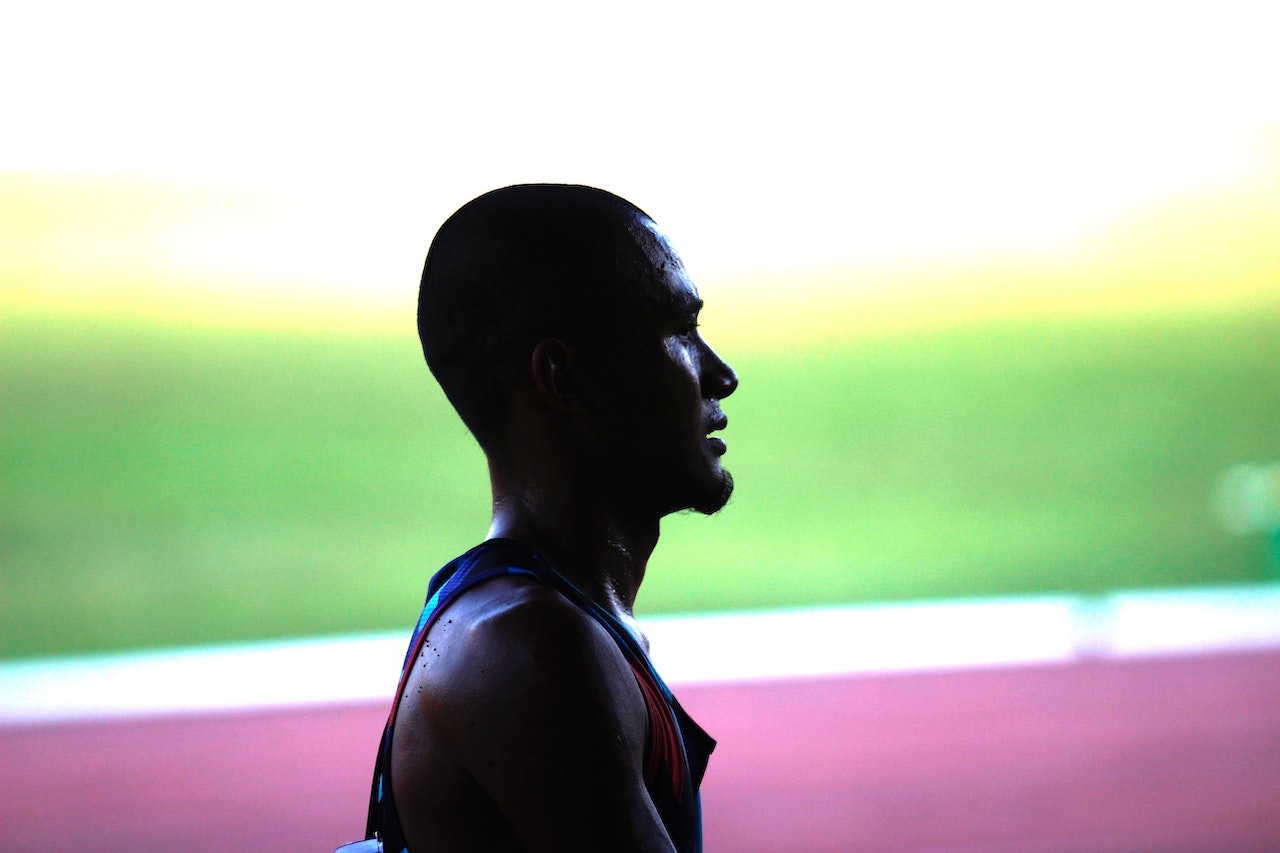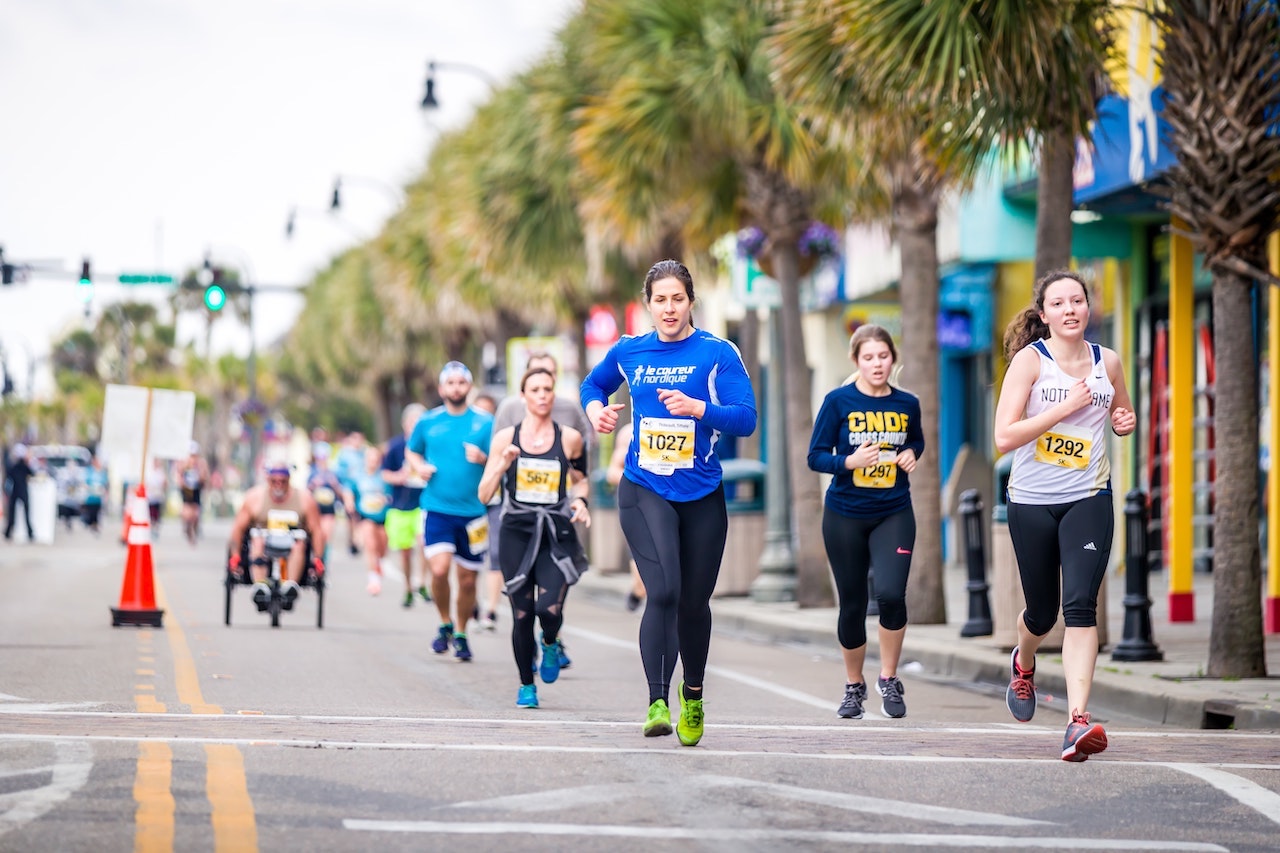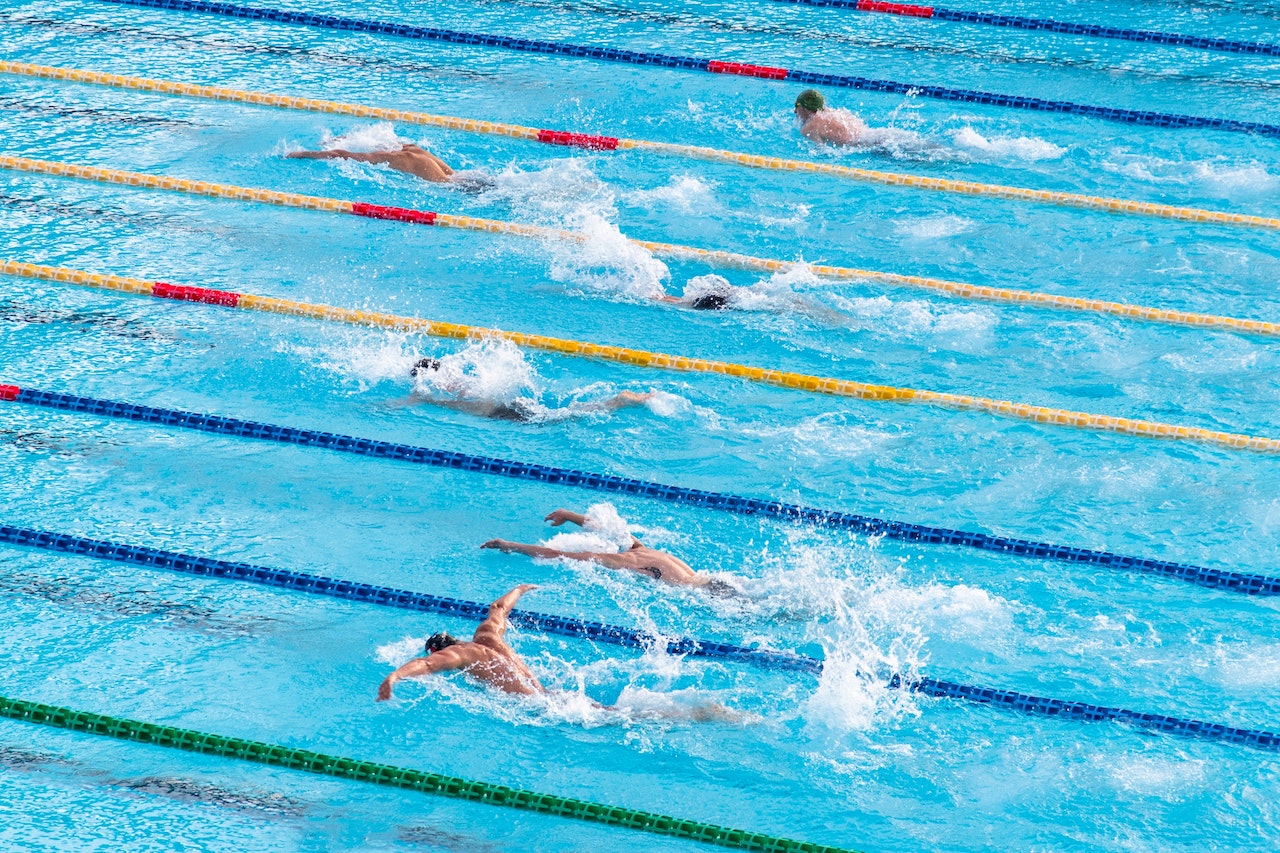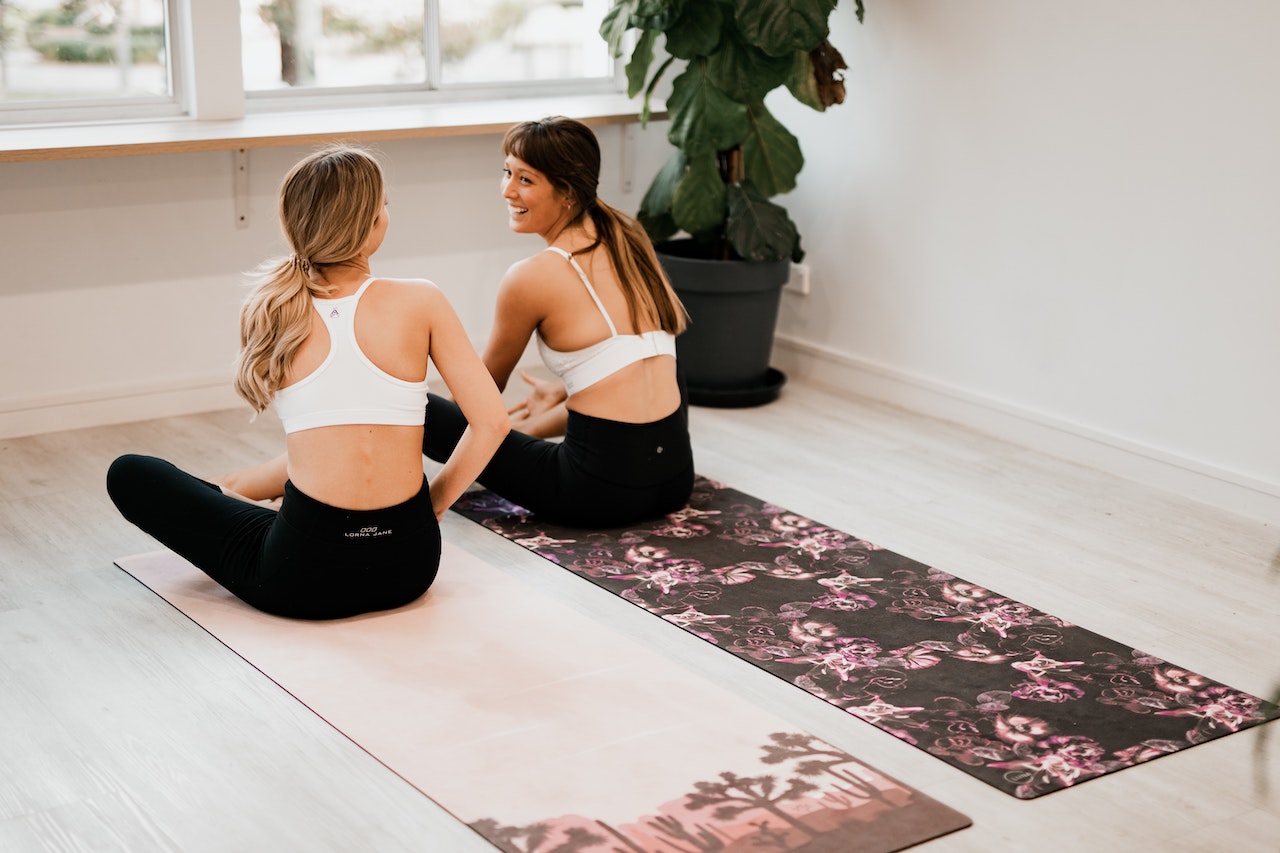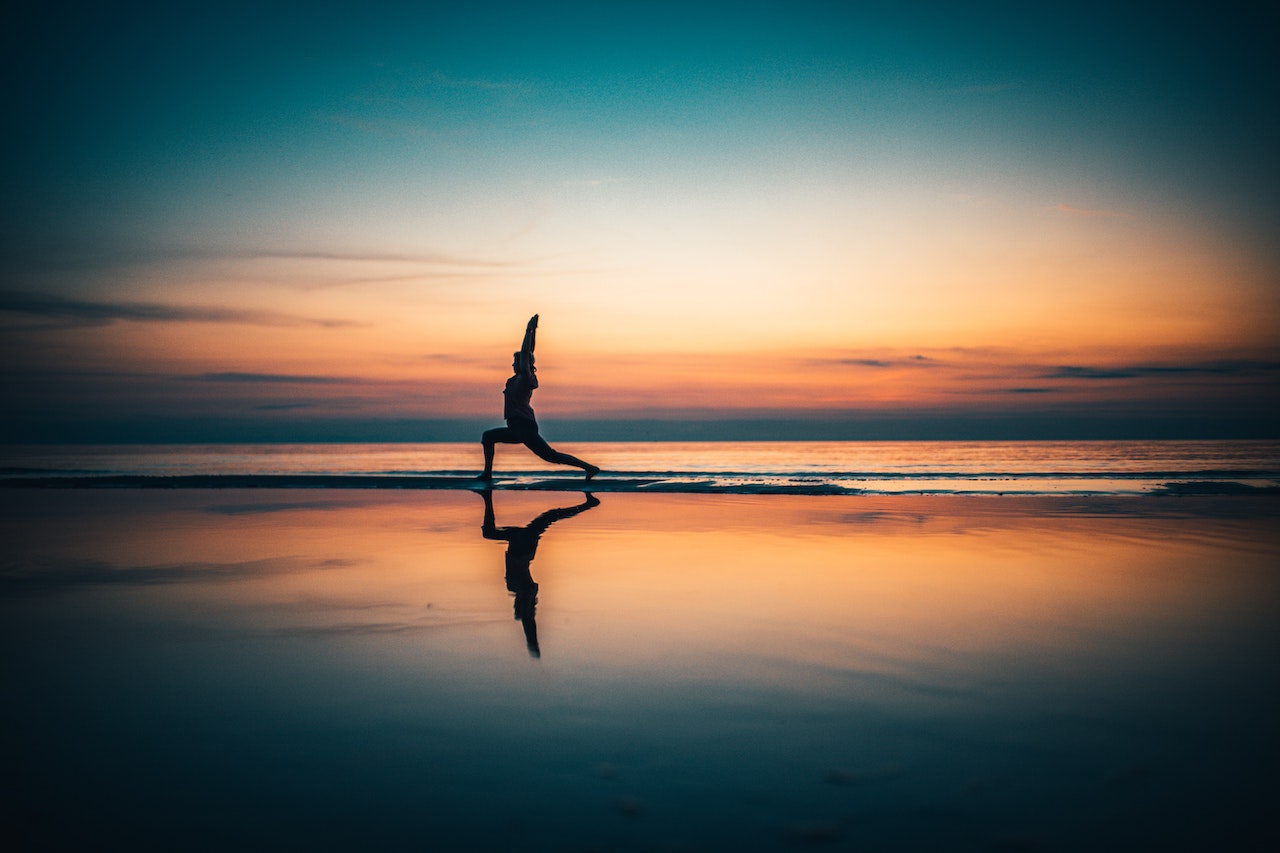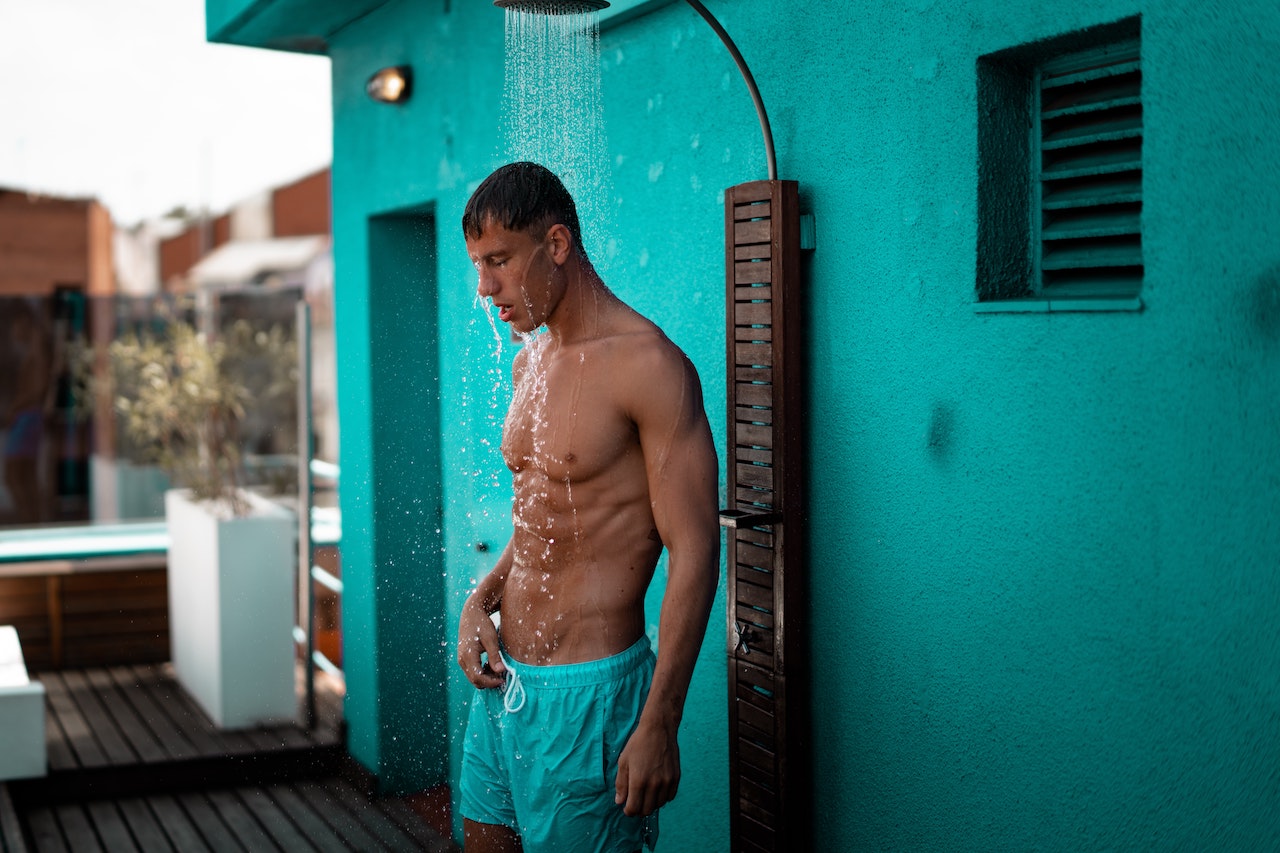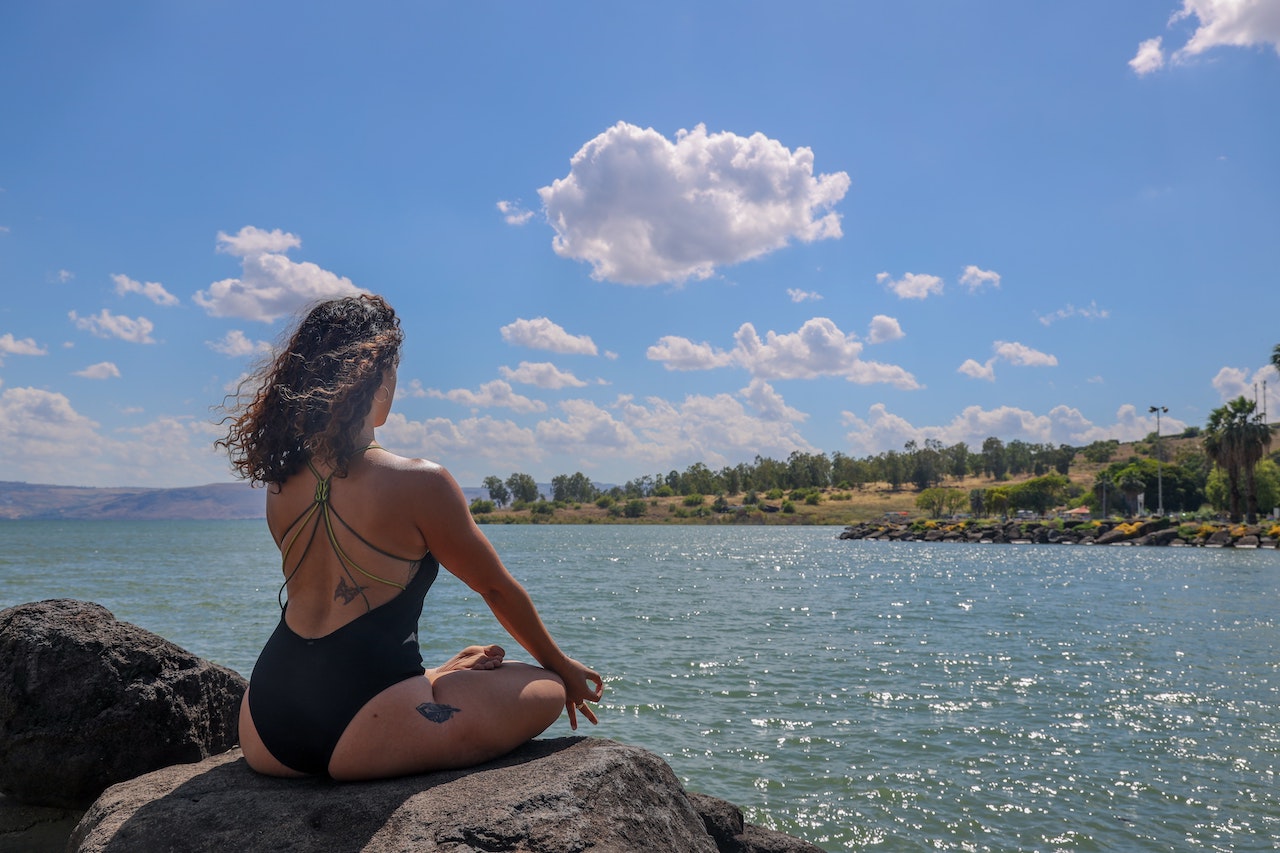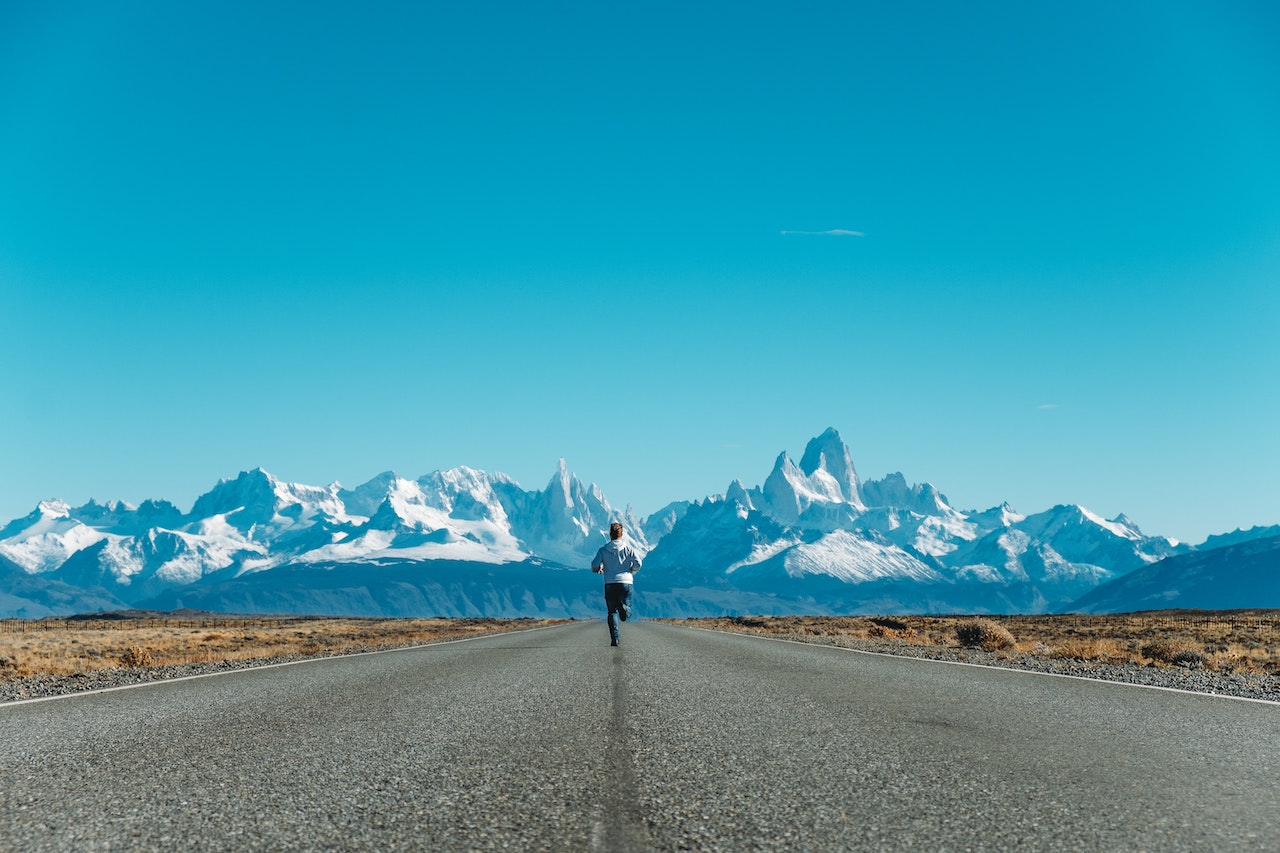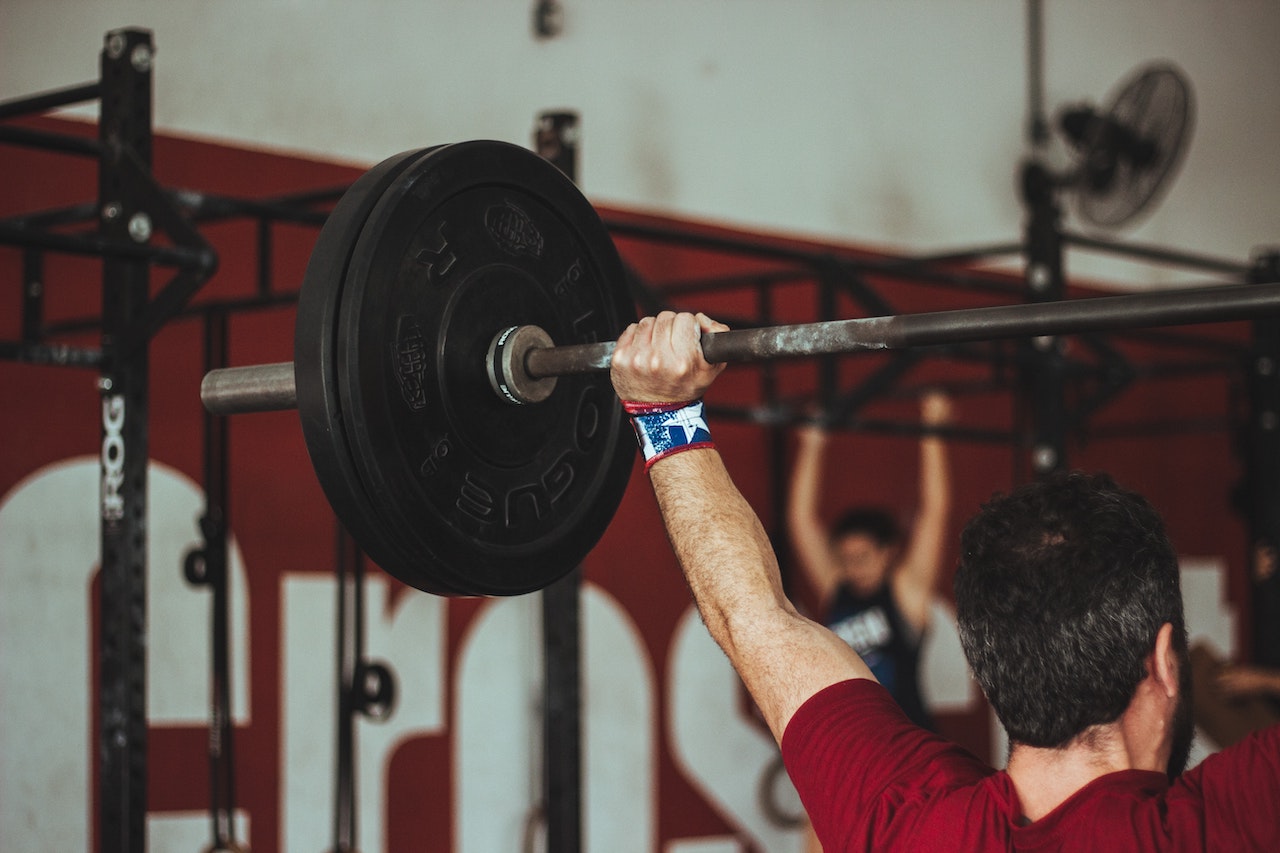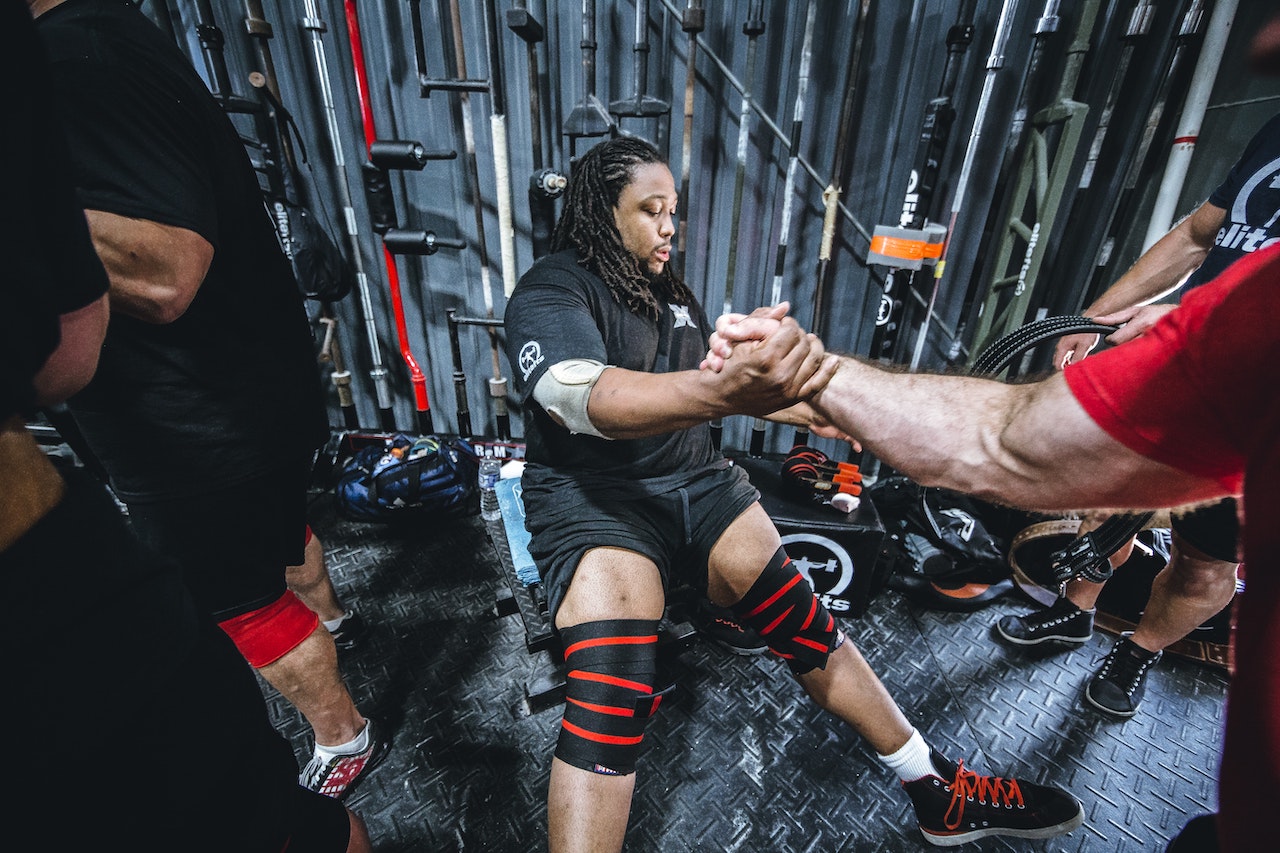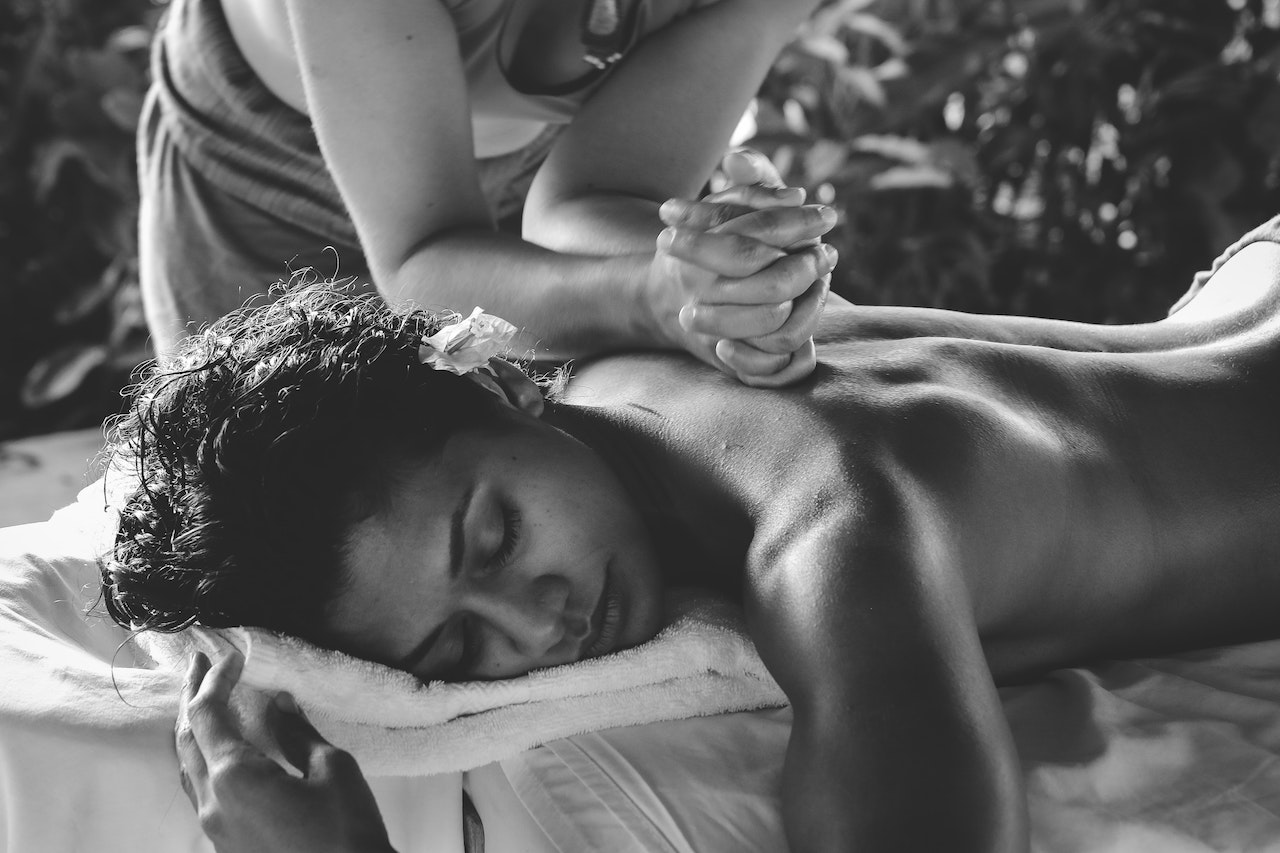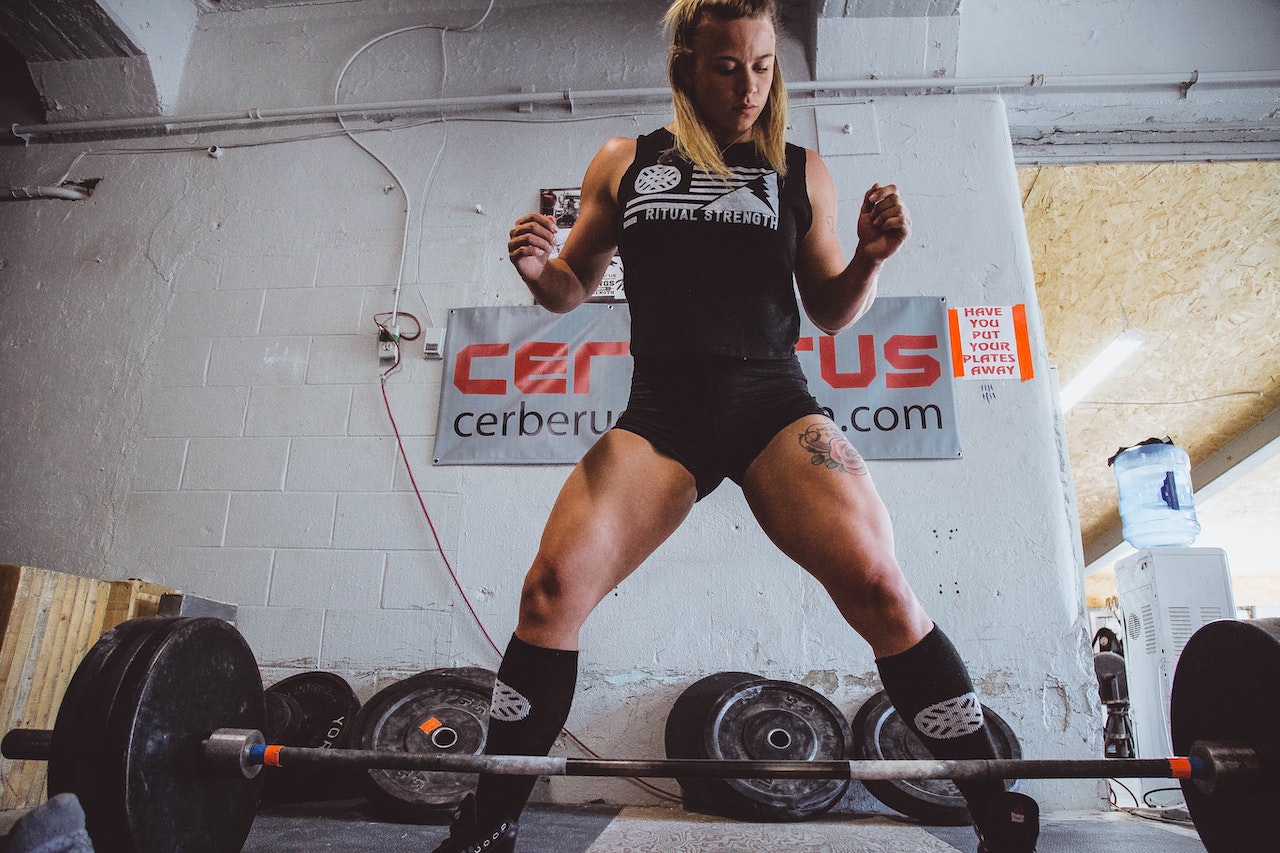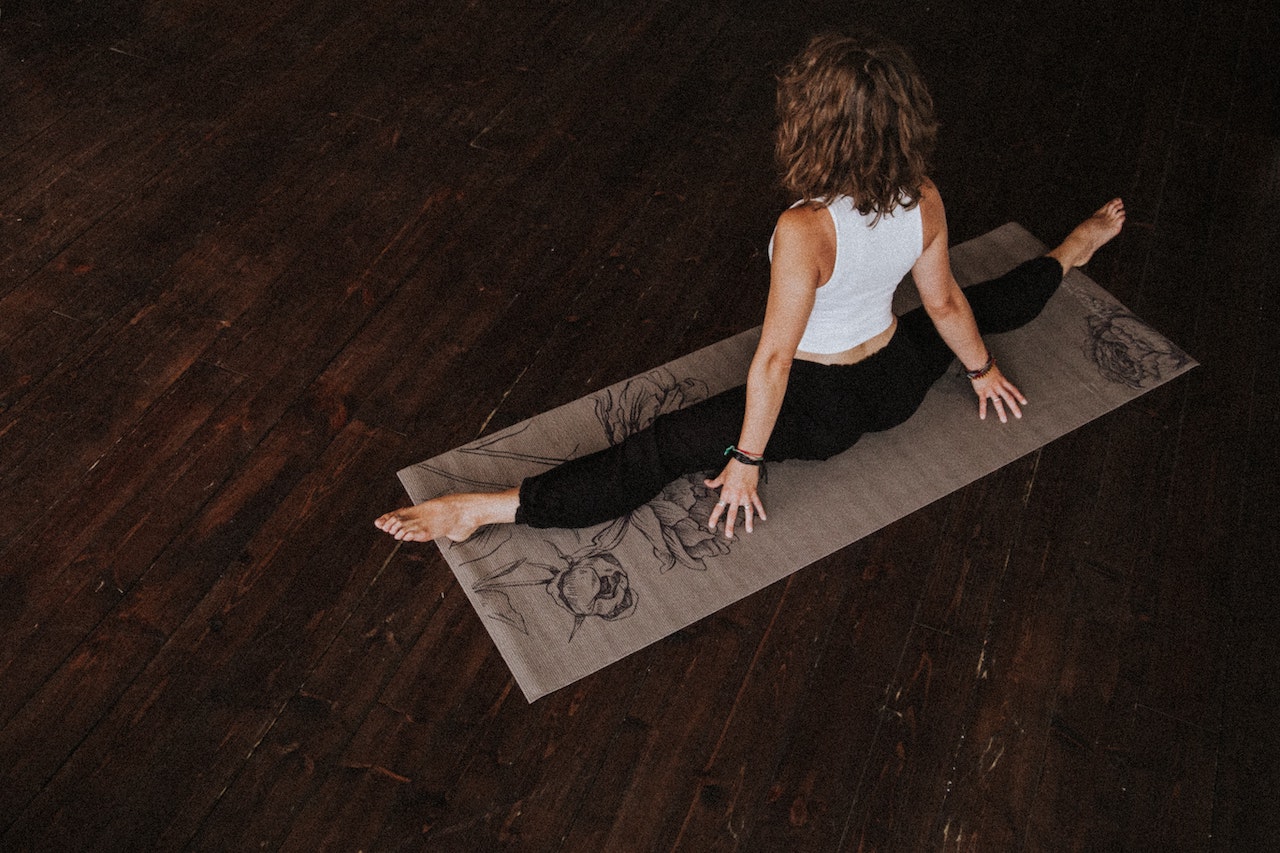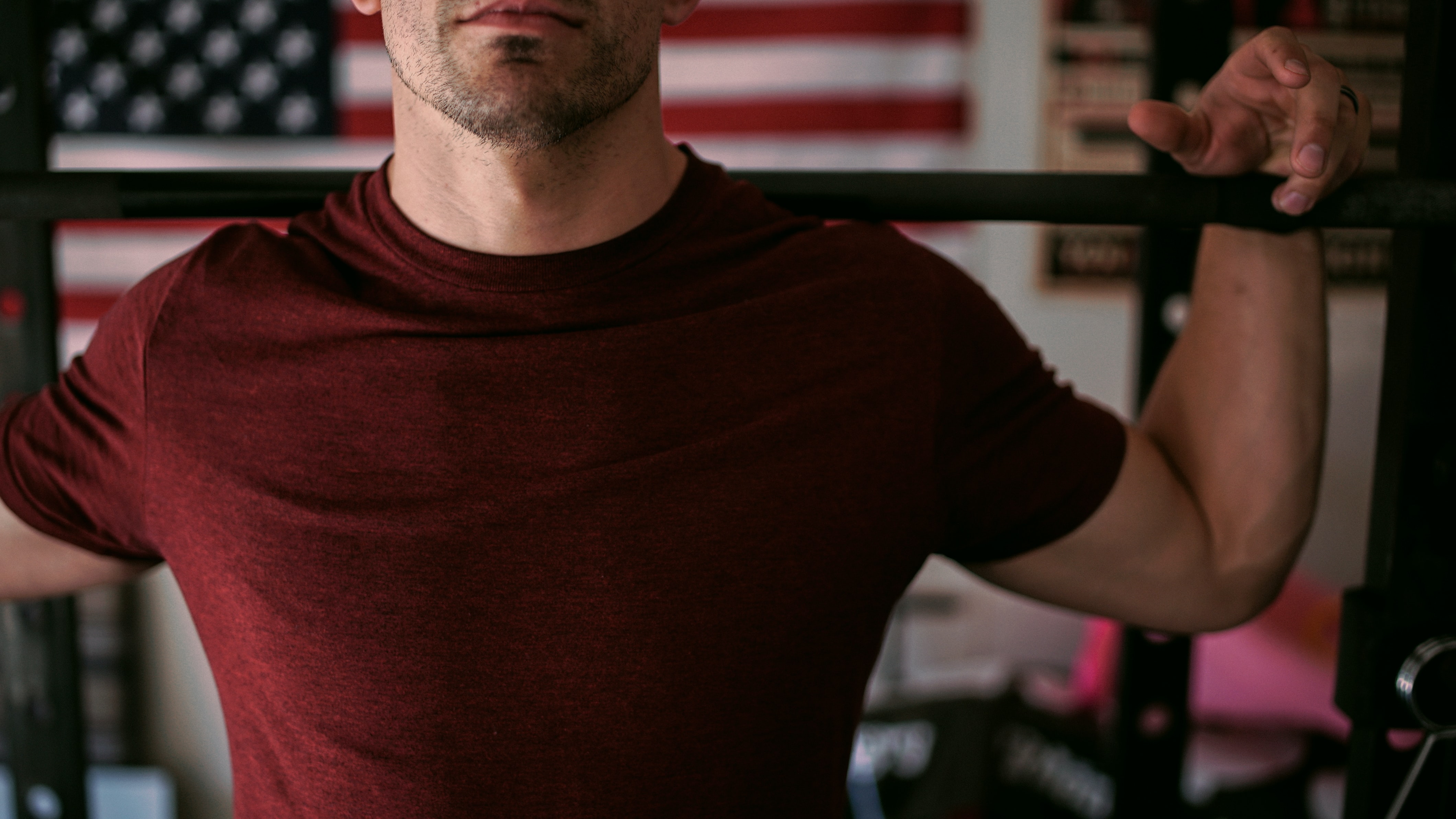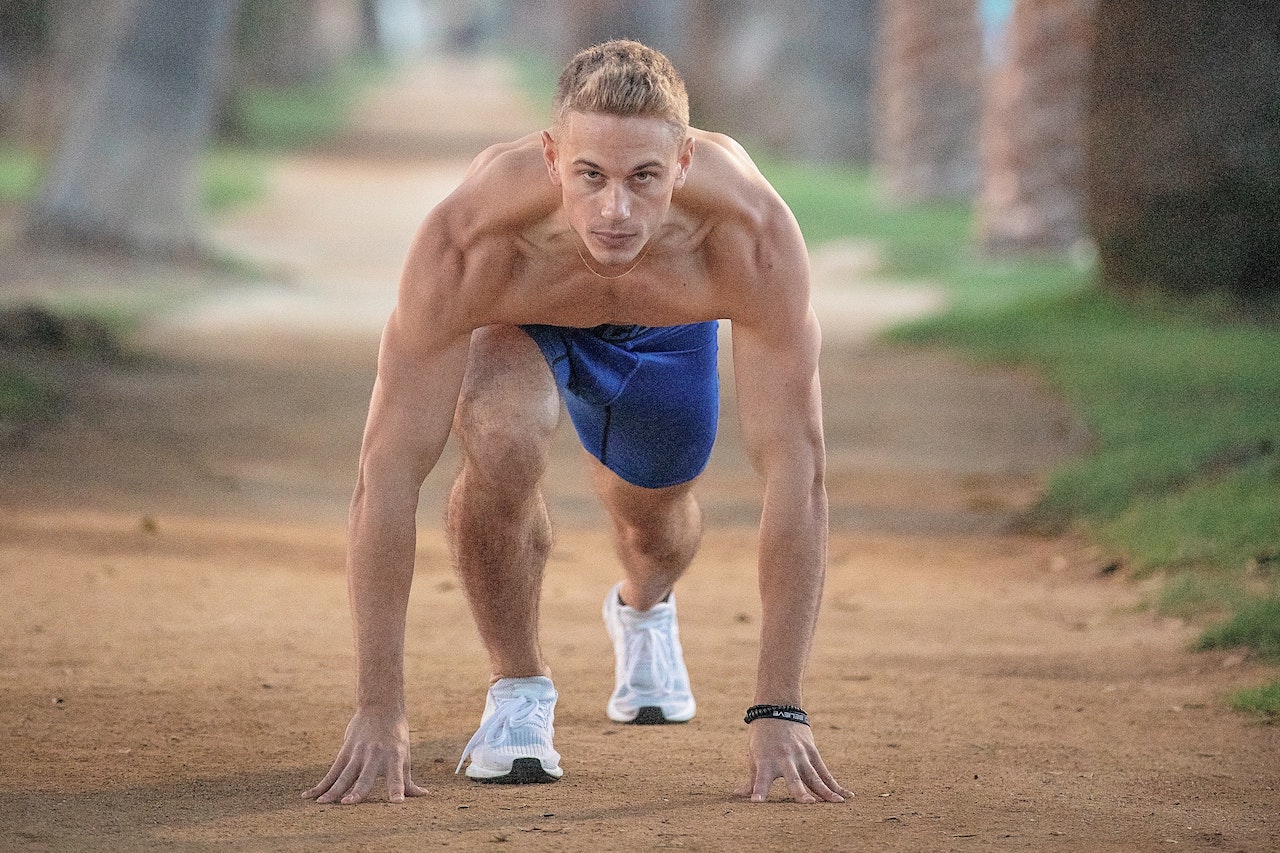Where do you think is the most under-appreciated body part in the human body? Of course, we have to look at it from a fitness point of view. The abdomen is not neglected, but on the contrary, it is given extra attention, and then the hips, as they are often the hip and leg area that are connected to the legs.
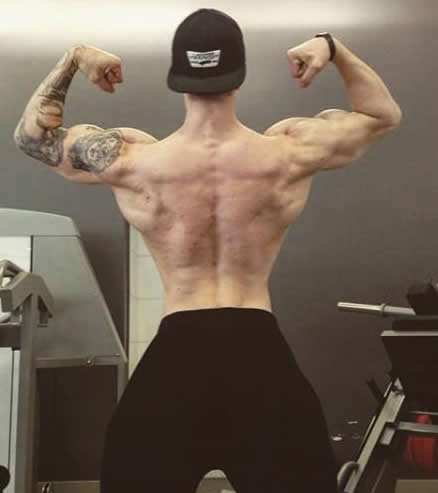
The only parts of our body that are not mentioned now are the shoulders and the back, which is the largest muscle group in our body but is often the most neglected, but training the back should obviously be taken seriously as it determines whether your posture is strong enough and in a way determines whether you look good. Exercising your back not only makes your form look better, but also relieves back pain and back pain caused by sitting for long periods of time without moving around, or lying on your desk for long periods of time to catch up on work programmes, and also corrects poor body shape, such as a hunched chest or hunchback.

From the standpoint of total body fitness, all muscle groups in the body should be given equal opportunities for development so that the whole body can be developed in a balanced and coordinated manner, regardless of the size of the muscle group, all should be treated in the same way, so in your regular training, you should not target only one part of the body just because you like it too much. The weaker the part of the body, the more attention should be paid to it so that it does not affect the coordinated development of the whole body, and the back is the most easily neglected position, if the back is well trained, from the appearance of the form can already add to your points.
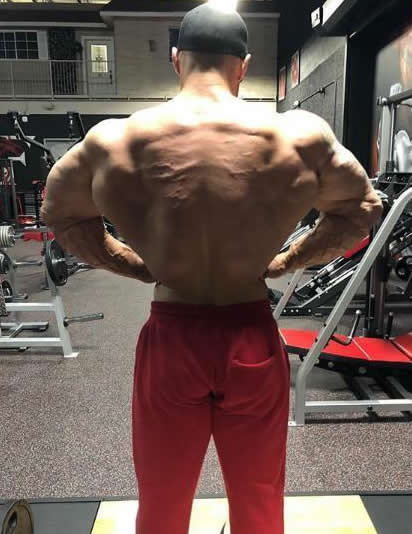
Therefore, the back muscles, which are located at the back of our body, should receive our attention and be given enough attention, because very often, we neglect it. For training the back muscles, many of the movements need to be performed with professional equipment in the gym, so it is advisable to go to the gym to work on the back. However, if you don't have the equipment, you can borrow elastic bands or dumbbells instead, or if you have movements that you can't do, you can look for alternatives or skip them.
Movement 1: Seated pull-down
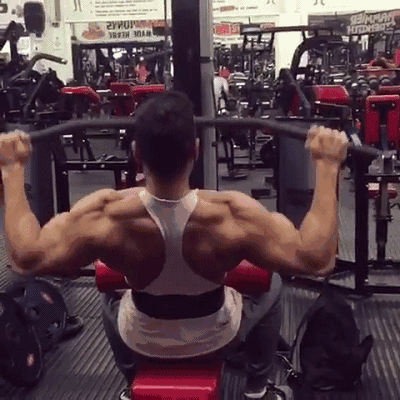
In a seated position, place your feet firmly on the ground at your sides and place your thighs underneath the protective mat, lift your chest and tighten your abdomen. Grasp the sides of the bar with your hands upwards, lean back slightly, use your back to apply force and pull the bar with maximum force towards your chest, pause at the apex, then slowly straighten your arms with controlled force and let the grip return to its original position.
Movement 2: Seated rowing

Sit upright on the seat of the machine with your abdomen positioned firmly on the mat and your feet planted across the seat on the floor to either side. Keep your back straight and your abdominals tight, then pull the grip to the front of your stomach with your arms bent. Pause in this position, then slowly lower back to straighten the arms and restore the grip.
Movement 3: T-bar rowing
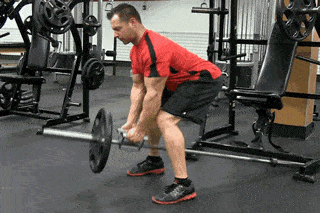
Cross your feet over the t-bar, step on the ground on each side of the bar, bend your knees, sit back a little at the hips, tilt your upper body forward, keep your back straight, straighten your arms downwards, hold the two grips of the t-bar, contract your latissimus dorsi muscles and lift the t-bar upwards until you reach your chest position, pause, place the t-bar downwards using a slower speed, and when your arms are straight, lift upwards again. Repeat.
It is still important to warm up before the movement, but with a specific warm up for the shoulders and back to prevent unnecessary injury to the shoulders and back. It is important to slow down and pay attention to the details of the movements, resting for 40 seconds between movements, and performing 4 sets each time, 1-2 times a week. Back training should not be taken lightly, as it will not only help you improve your poor body shape, but also create a perfect back shape.


